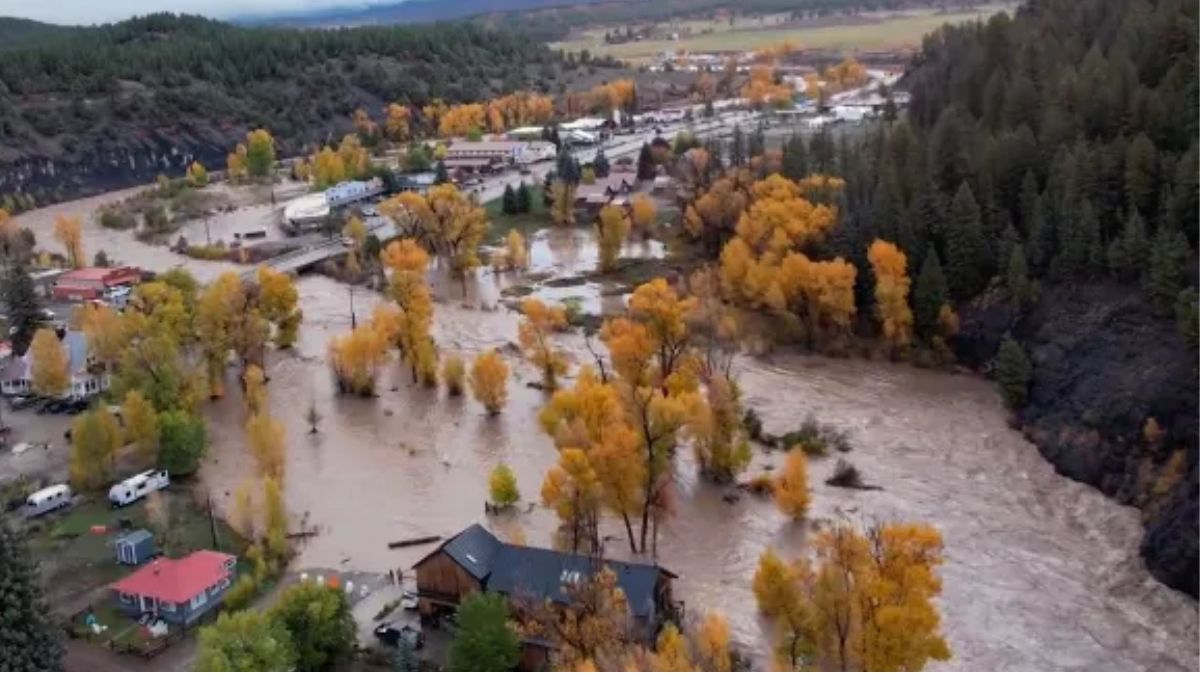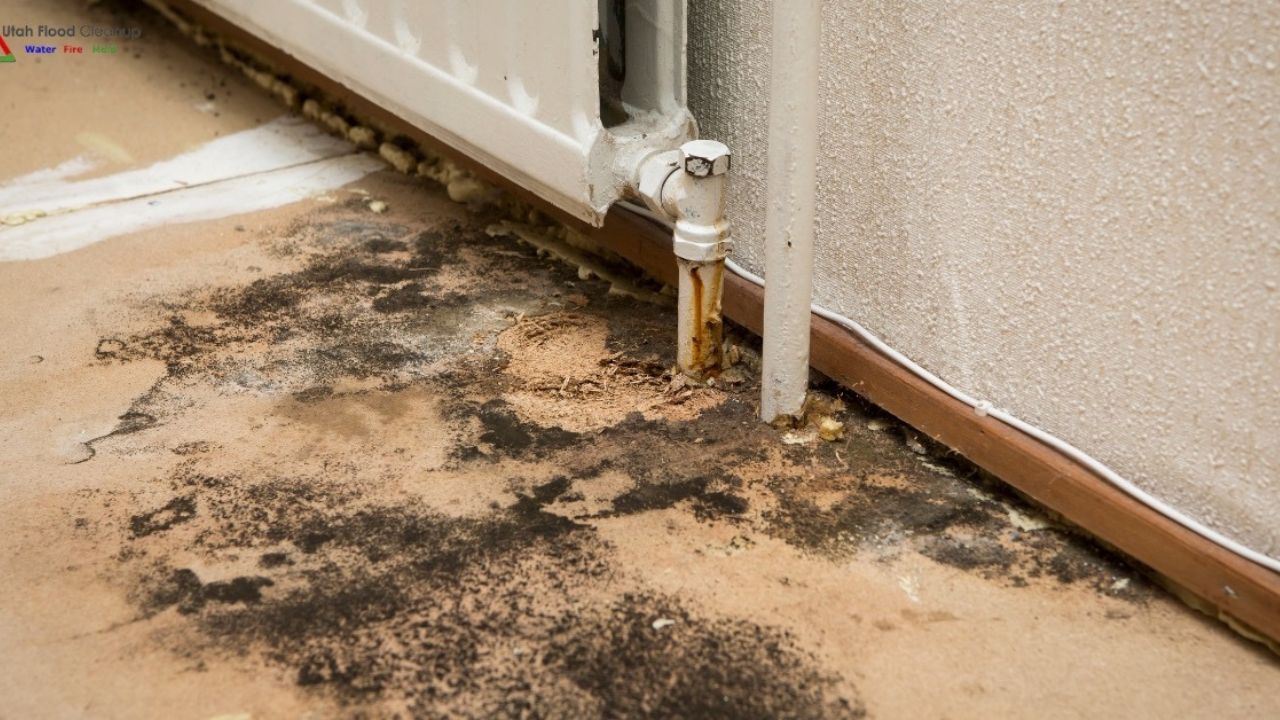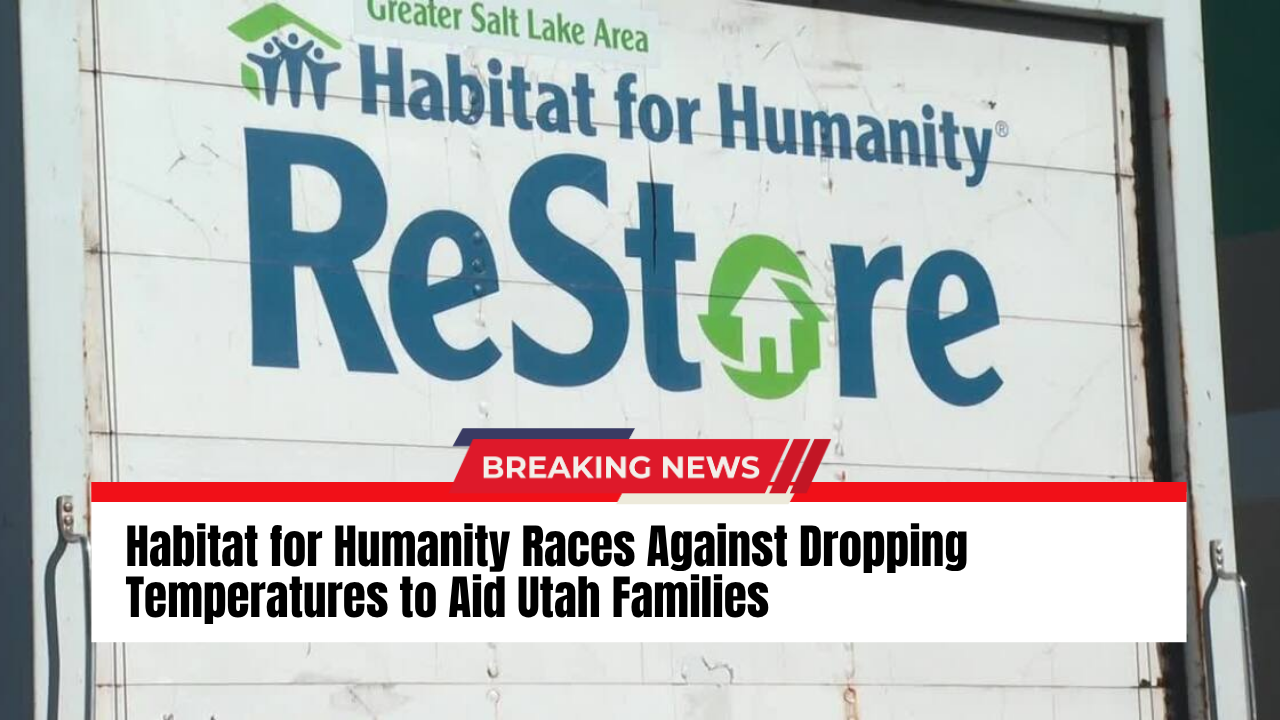Southwestern Colorado is facing a long and emotional recovery after historic flooding reshaped entire communities.
What was once a peaceful region of creeks, forests and vacation homes has now turned into a landscape marked by destruction, uncertainty and rising concerns about future storms.
Residents, responders and state officials are all working to understand the damage and prepare for what comes next.
A Landscape Transformed Overnight
Jim Patton’s Story: From Green Yard to Disaster Zone
When Jim Patton walked across his Vallecito property, the ground beneath him was unrecognizable. Sand, broken branches, gravel, and flood debris covered an area that just weeks earlier had been a lush, green lawn with a serene creek-side beach.
“This was the main path of the water,” Patton said, remembering when remnants of Hurricane Priscilla and Tropical Storm Raymond dumped nearly 10–12 inches of rain on parts of southwestern Colorado.
How the Flooding Unfolded
The intense storms drenched dry soil, sending water into creeks from Vallecito to Pagosa Springs and South Fork, transforming them into dangerous, fast-moving rivers.
Across the region, the floods caused $13.8 million in public infrastructure damage. La Plata County alone reported over $7.5 million in damage to homes, roads, river systems and utilities.
Vallecito Hit Hardest
Evacuations and High-Water Rescues
Vallecito saw some of the most extreme flooding.
Between October 11 and 16:
- 390 homes were evacuated
- 11 high-water rescues were carried out
- Many residents stayed away for weeks
Local people described emotional exhaustion, insurance complications and overwhelming clean-up tasks. Some homeowners with severe structural damage had still not returned home a month later.
New Fears for Spring Runoff
Residents now wonder what will happen when spring snowmelt pushes water through a shallower and wider floodplain.
Kelly Patton explained: “People are scared about next spring. The riverbed is now two feet higher, and water could come straight toward the houses again.”
State and Federal Response
Emergency Declarations and Funding
La Plata County issued its first flood emergency declaration in years. Colorado followed with a statewide declaration, first allocating $1 million, later increasing it to $6 million.
Governor Jared Polis then asked the federal government for a major disaster declaration, hoping to unlock FEMA assistance for debris removal, infrastructure repairs and flood mitigation.
However, approval could take months — sometimes years.
If approved, federal payouts for those without insurance average only $3,000.
A Lengthy Recovery Ahead
Officials believe flood recovery in Vallecito and surrounding communities will take six months to a decade, depending on damage levels and federal support.
The First 24 Hours in Vallecito
Warnings and Rapid Evacuations
The National Weather Service warned local authorities early in the week, but by the morning of October 11, creek levels were surging. Upper Pine River Fire Chief Bruce Evans quickly realized the danger.
Within hours:
- Nearly 400 homes were placed under mandatory evacuation
- The small county emergency team activated an incident command system
- Up to 135 responders from nearly 40 agencies assisted during the first week
Residents Describe Terrifying Moments
Floodwater rose fast:
- One homeowner saw levels jump 8 inches in 10 minutes
- A 91-year-old woman had to be carried out of her home
- Dirt roads collapsed near concrete bridges
- Some residents weren’t even aware it was raining until evacuation alerts arrived
Others returned to find homes destroyed or damaged beyond repair.
The Chaotic First Weeks
Damage Assessment and Community Support
Officials held twice-daily meetings and organized supervised visits so residents could check damage and retrieve essentials.
Multiple organizations arrived to help:
- State public health
- Homeland Security teams
- United Way 211 volunteers
- Samaritan’s Purse cleanup crews
Residents stayed in shelters, hotels, or with friends and family. Volunteers filled sandbags, delivered firewood, and repaired washed-out roads.
Rebuilding Access Roads
Samaritan’s Purse volunteers delivered 48 truckloads of gravel to repair the Pattons’ access road and helped remove mud, debris and damaged household items.
Long-Term Recovery Efforts
Residents Raise Concerns About Creek Changes
At a local recovery meeting, community members studied a large post-flood map showing how Vallecito Creek’s channel had widened and filled with debris. Many asked whether sand, logs and boulders would be removed to prevent future flooding.
Officials said inaction is not an option. The Natural Resources Conservation Service and local fire district plan to modify the channel and stabilize banks, but agency permits are required before any stream work begins.
Hazards Still Threaten the Area
A massive logjam upstream is a major concern. If it freezes during winter, it could worsen spring flooding.
Insurance Gaps and Infrastructure Challenges
Homeowners Face Unexpected Costs
Some residents learned too late that their flood insurance policies had lapsed. Nationally, only 4% of homeowners have flood insurance, leaving many unprotected.
In addition:
- Banks of creeks eroded by 10 to 15 feet
- Irrigation systems were destroyed
- Many private dirt roads cannot legally be repaired with county funds
A Changed Landscape
Back in November, Jim Patton stood on a wall of rocks placed by excavators for flood protection. What was once a tranquil writing spot surrounded by pine trees is now buried under sand, logs and boulders.
“Water will always find a way,” he said, worried that the next big storm could wash it all away again.
The Vallecito flooding has reshaped both the landscape and the lives of the people who call this community home.
With millions in damage, anxious residents, ongoing cleanup and an uncertain spring ahead, southwestern Colorado faces a long and difficult road to recovery.
Yet through coordinated emergency efforts, community support and future mitigation plans, Vallecito is determined to rebuild stronger than before.



